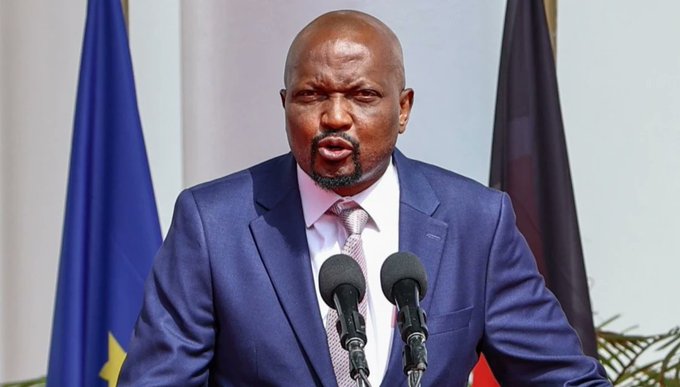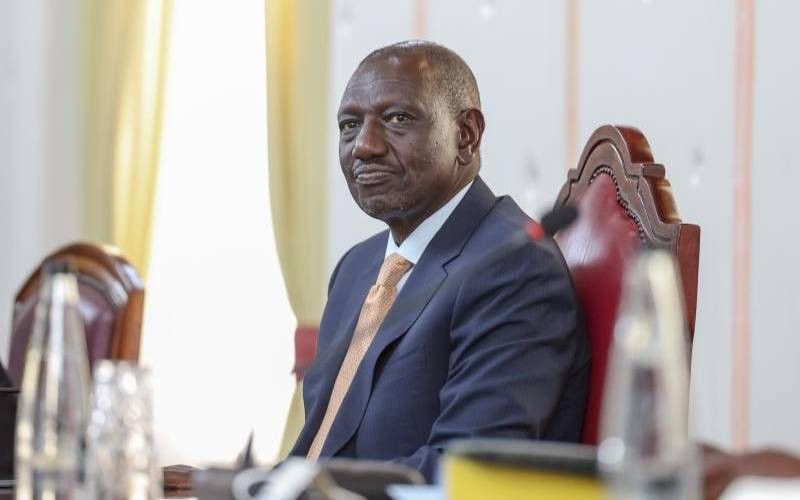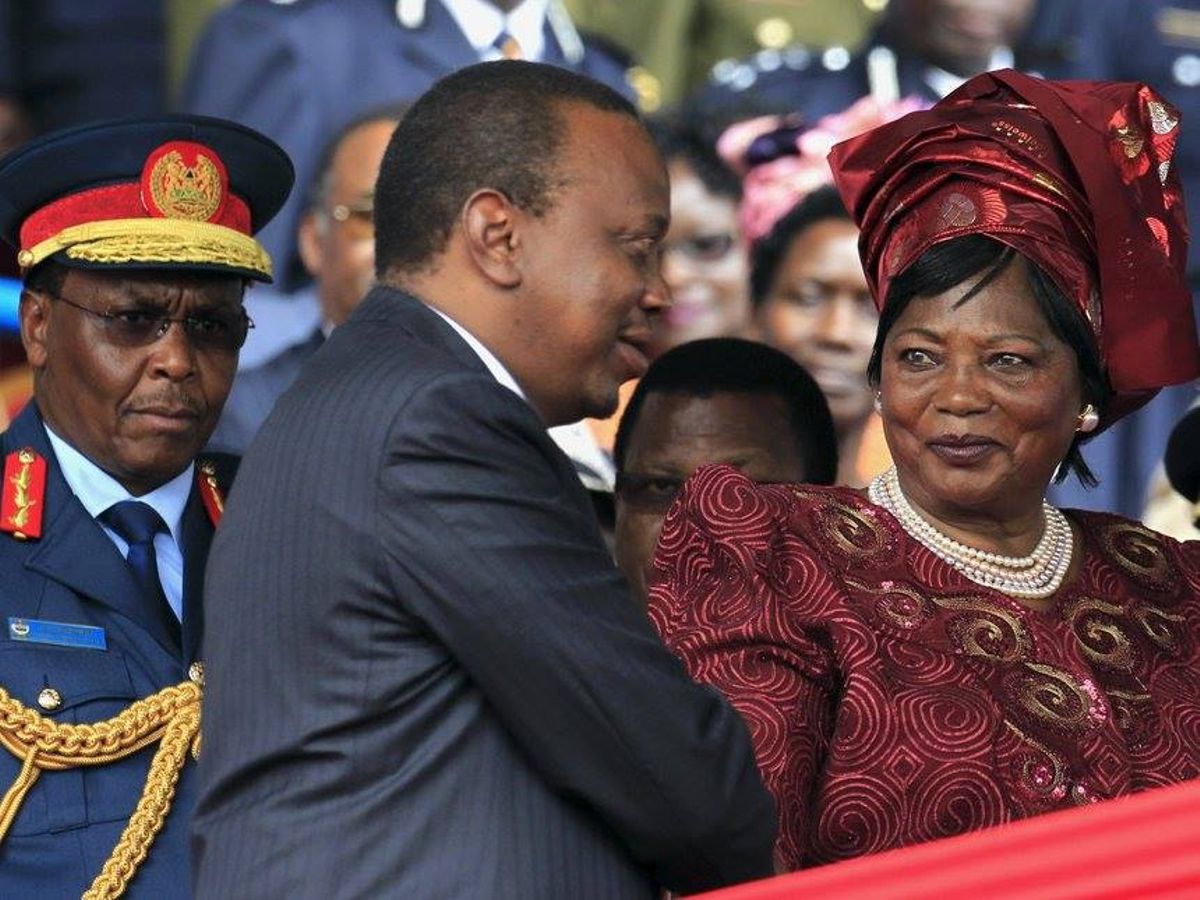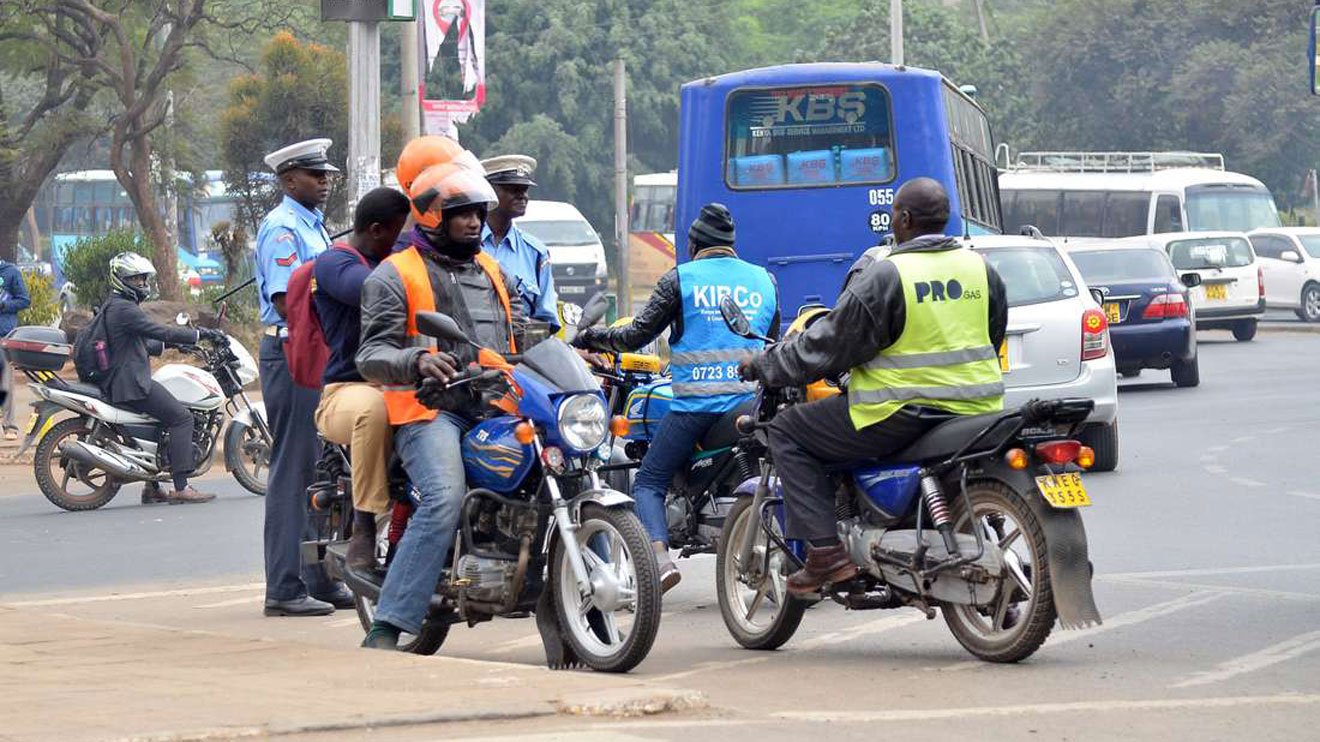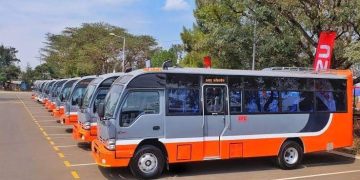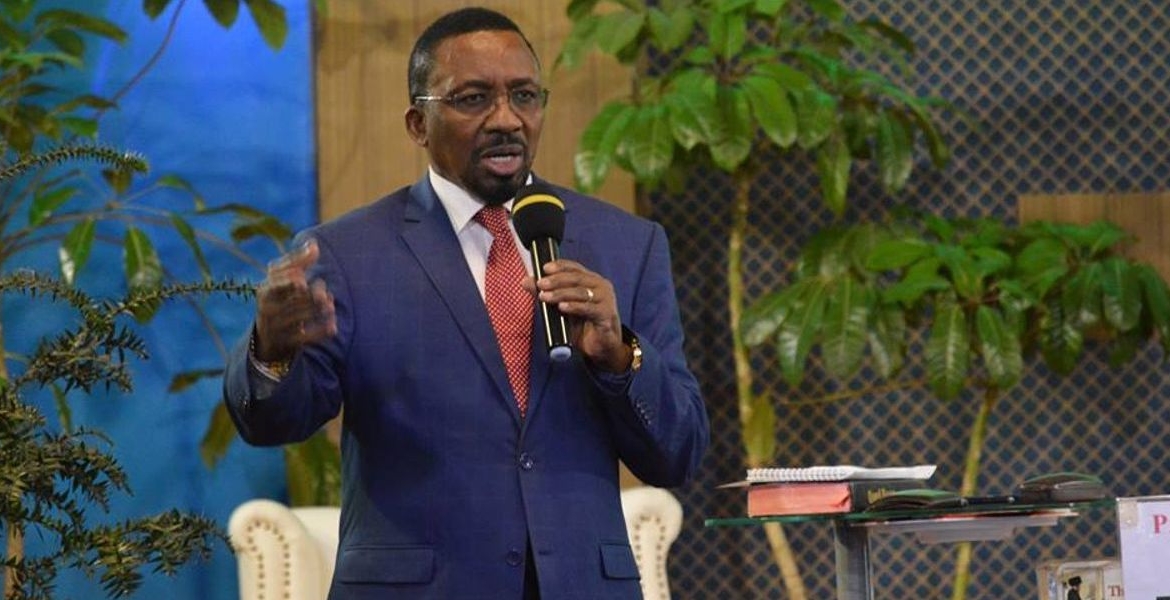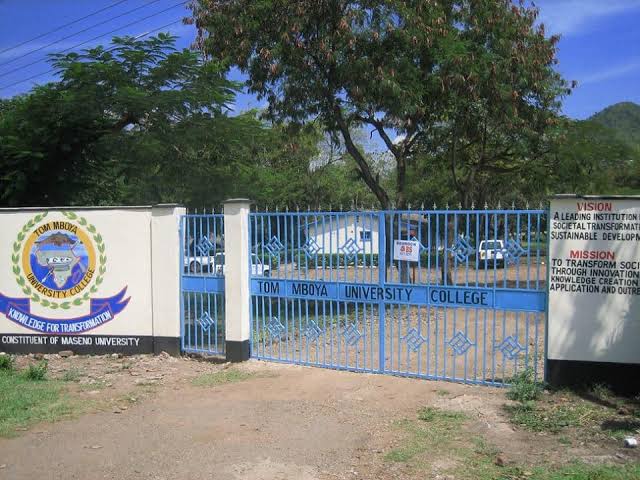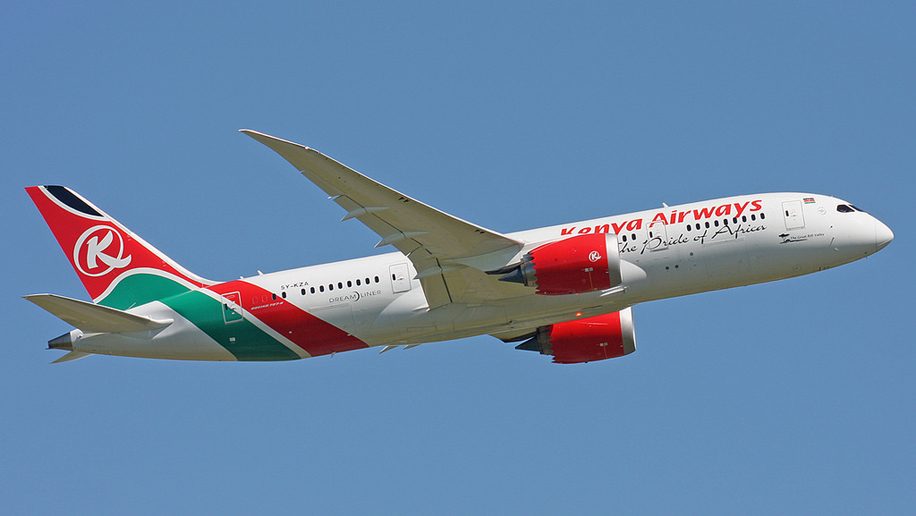The Kenya Defense Forces (KDF) is set to experience a significant transformation in its lunch program as the Ministry of Defense phases out the exchequer-funded lunch subsidy in favor of a pay-as-you-eat system.
In a letter dated January 17, 2025, Major General Mohamed Nur Hassan announced that a committee had been established to review the existing lunch subsidy program.
Following an in-depth evaluation of its effectiveness, the committee presented its findings to the Service Commanders Committee, which includes leaders from the Kenya Army, Kenya Air Force, and Kenya Navy.
During an October 29, 2024, meeting, the committee recommended replacing the government-funded lunch program with a pay-as-you-eat model. The existing subsidy system was deemed inefficient and ineffective, with concerns about high costs, limited meal options, and lengthy queues that wasted valuable time.
Transition to a Cashless Pay-As-You-Eat System
The new system, set to go live on July 1, 2025, will require soldiers to pay for their meals using cashless payment methods such as M-PESA. Preparations for the transition will begin by March 31, 2025, with the deployment of a cashless payment platform for meal bookings and payments.
According to the Ministry of Defense, the pay-as-you-eat system is designed to enhance meal quality, reduce waiting times, and ensure accountability and efficiency in the dining process. It is also expected to save the government between KSh 2 billion and KSh 3 billion annually.
Defense Cabinet Secretary Soipan Tuya emphasized that the funds saved from discontinuing the subsidy will be used to upgrade military dining facilities and improve meal offerings.
Concerns from Soldiers
Despite the ministry’s assurances, the proposed changes have sparked concerns among soldiers, particularly junior officers, who fear the additional financial burden. Under the new system, soldiers will be required to cover their meal costs, which could strain their budgets.
Currently, many KDF personnel rely on a ration cash allowance introduced in 2000 to offset meal expenses and combat inflation. The shift to a pay-as-you-eat model adds to their financial responsibilities, raising questions about affordability.
Benefits of the New System
Proponents argue that the new system will offer soldiers greater flexibility, allowing them to select meals that suit their preferences—a feature absent in the current program.
The Ministry of Defense maintains that this approach will improve efficiency, provide diverse meal options, and address shortcomings in the subsidy system.
As the July 2025 launch date approaches, the Ministry of Defense and KDF leadership will need to address concerns and ensure a smooth transition.
Clear communication and support will be crucial to help service members adjust to the new dining system.






